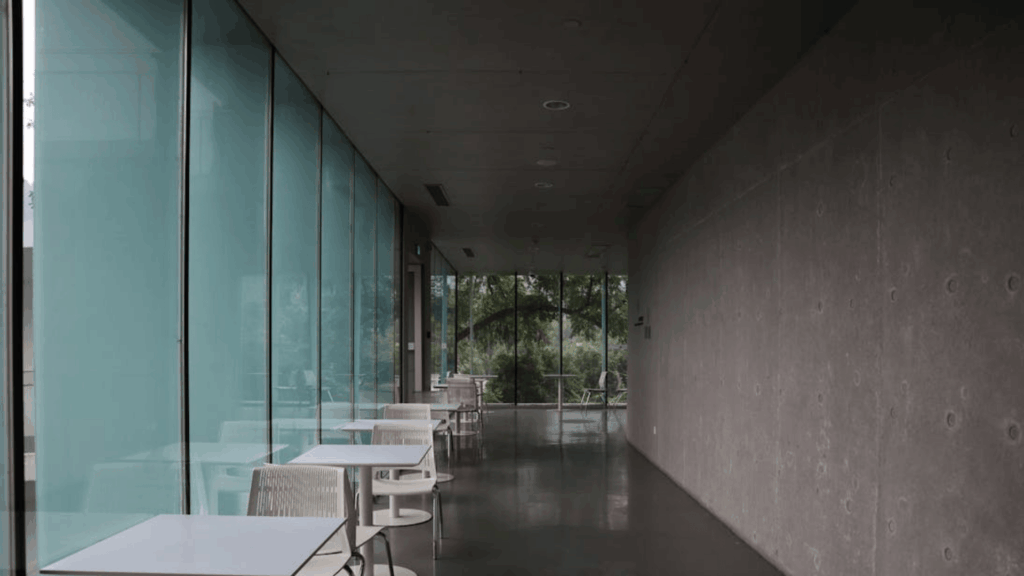The commercial property market has changed more in the past five years than it did in the previous twenty. What used to sell based on location and square footage now requires a completely different checklist. Buyers, whether they’re institutional investors or end-users, are asking harder questions before they commit. They’re not just looking at the building itself anymore, they’re looking at everything that could become a problem down the line.
The shift started with remote work changing how people use office space, but it’s gone way beyond that. Now it’s about compliance, future-proofing, and making sure a building won’t turn into a liability six months after the sale closes.
The Certification Question Everyone’s Asking
Here’s what’s happening on viewings now: potential buyers are bringing fire safety consultants along. They’re not waiting until the survey stage. They want to see the paperwork upfront, and they want to know that every system in the building actually works the way it’s supposed to.
Buildings that seemed perfectly fine three years ago are getting flagged during due diligence because the documentation isn’t there. Maybe the fire safety systems were installed correctly, but there’s no service history. Maybe the building control sign-off happened, but the ongoing inspection records have gaps. These aren’t small issues anymore. They’re deal-breakers.
The problem compounds when you’re dealing with older buildings that have been refurbished over the years. Each time work was done, different regulations applied. Trying to piece together a compliance history becomes nearly impossible, and buyers know that means risk.
Fire Safety Infrastructure That Actually Matters

This is where things get specific. Post-Grenfell, the entire conversation around fire safety changed. Buildings that were considered compliant suddenly weren’t, and the requirements kept tightening. What buyers are looking for now isn’t just that a building meets current standards, it’s that it has the kind of systems that won’t need expensive retrofitting when the next regulation update comes through.
Smoke control is one of those areas that separates buildings people want to buy from buildings that sit on the market. Natural ventilation systems, particularly aov smoke vent installations in stairwells and common areas, have become standard expectations rather than nice-to-haves. Buyers want to see that smoke has a clear path out of the building in an emergency, and they want the systems that manage this to be documented, tested, and maintainable without specialist equipment.
The financial side of this matters too. A building that needs significant fire safety upgrades immediately after purchase isn’t just inconvenient, it’s expensive. Retrofitting ventilation systems into existing structures costs considerably more than installing them during initial construction. Buyers factor this into their offers, sometimes to the point where a sale becomes unviable for the seller.
Energy Performance in the Real World
Energy Performance Certificates used to be something people glanced at and moved on. Now they’re central to whether a building is financeable. Banks are increasingly reluctant to lend against properties with poor EPC ratings, and the timeline for minimum standards keeps getting more aggressive.
But here’s the thing, it’s not just about the rating itself. Buyers want to see that improvements are actually possible. Some buildings, particularly older ones with listed elements or structural limitations, can’t easily be upgraded. That creates a ceiling on their value that no amount of price reduction can fix.
The buildings that sell well now are the ones where energy efficiency was baked into the design or retrofit from the start. Proper insulation, modern HVAC systems, LED lighting throughout. These aren’t expensive upgrades individually, but together they make a real difference to running costs and future compliance.
Flexibility for Multiple Use Cases

Commercial space isn’t one thing anymore. A building that can only function as traditional office space has a limited buyer pool. The properties moving quickly are the ones that could be offices today, mixed-use tomorrow, or partially converted to residential if the market shifts that way.
This means things like floor-to-ceiling heights that allow for different configurations, building services that can be adapted without major structural work, and layouts that don’t lock tenants into one specific arrangement. Planning permission matters here too. Buildings in areas with flexible use classes have more options than those that would require a lengthy application process for any change.
Parking is strange now. It used to be a straightforward amenity, but depending on the location it can be either essential or nearly worthless. In city centers where public transport is strong, parking spaces are often converted to bike storage or additional floor space. In suburban locations, inadequate parking still kills deals.
The Maintenance Records No One Used to Check
Buyers are requesting maintenance histories going back years, and they’re actually reading them. They want to see that lifts have been serviced on schedule, that the roof has been inspected regularly, that any issues flagged in previous surveys were actually addressed.
This isn’t just about knowing what’s been done. It’s about understanding what’s coming. A roof that’s been patched multiple times is probably going to need replacement soon. An HVAC system that’s had increasing repair costs over the past three years is approaching end of life. Buyers price all of this in, and sellers who can’t produce documentation find themselves explaining gaps that create doubt.
The buildings that command premium prices are the ones where you can see a clear pattern of proactive maintenance rather than reactive fixes. It sounds boring, but it’s the difference between a property that feels like a solid investment and one that feels like inheriting someone else’s problems.
What Tenants Are Actually Demanding
For investment buyers, this is the core question: what will tenants pay for, and what will make them renew their leases? The answers have shifted substantially. Tenants aren’t just looking at rent per square foot anymore. They’re looking at total occupancy costs, which includes utilities, service charges, and how much they’ll need to spend making the space work for them.
Buildings with lower service charges because they’re genuinely cheaper to run are more attractive than buildings with initially lower rents but high operating costs. Tenants are also increasingly interested in buildings with proper ventilation and air quality, which became a much bigger concern after the pandemic and hasn’t gone away.
The other factor is reputation. Buildings with known problems, even if they’ve been fixed, carry that history. Tenants worry about it affecting their own business reputation, and buyers worry about tenant retention. It’s not always rational, but it affects values.
The Digital Infrastructure Gap
Fast, reliable internet used to be enough. Now commercial tenants expect building-wide fiber, backup systems, and capacity that can handle whatever technology comes next. Buildings without this infrastructure are at a genuine disadvantage, particularly for office and mixed-use properties.
The issue is that retrofitting proper digital infrastructure is disruptive and expensive. It often requires access to spaces that are difficult to reach, and the work can affect occupied areas. Buildings that were designed with adequate risers and service routes have a massive advantage over those that weren’t.
Making Buildings Actually Sellable
The properties that move quickly in this market are the ones where buyers can see exactly what they’re getting, with no surprises waiting in the due diligence process. Complete documentation, transparent maintenance records, systems that meet current standards with room to meet future ones, and flexibility to adapt to changing tenant demands.
This doesn’t mean every building needs to be brand new or completely modernized. Older buildings can be highly sellable if they’ve been properly maintained and upgraded thoughtfully. What kills sales is uncertainty, hidden costs, and the sense that a building has been neglected in ways that will create expensive problems.
For sellers, the time to address these issues is before listing, not during negotiations. Every question a buyer has to ask, every record that can’t be produced, every system that “probably works but hasn’t been tested recently” reduces the pool of potential buyers and weakens negotiating position. The market has become far less forgiving of properties that aren’t genuinely ready to trade.

